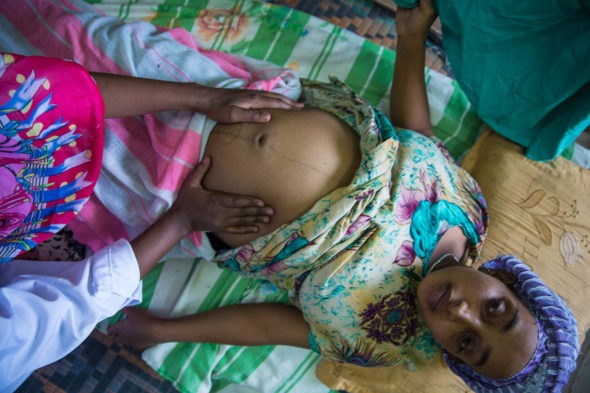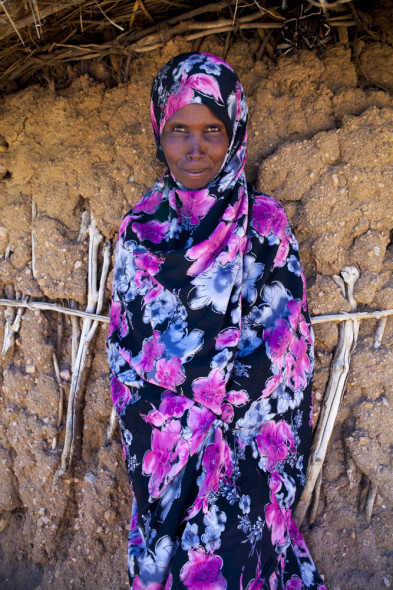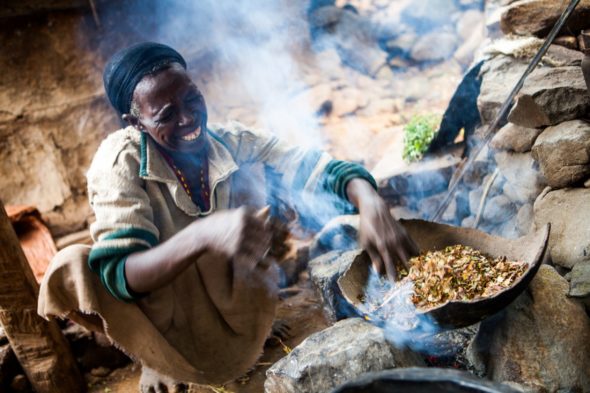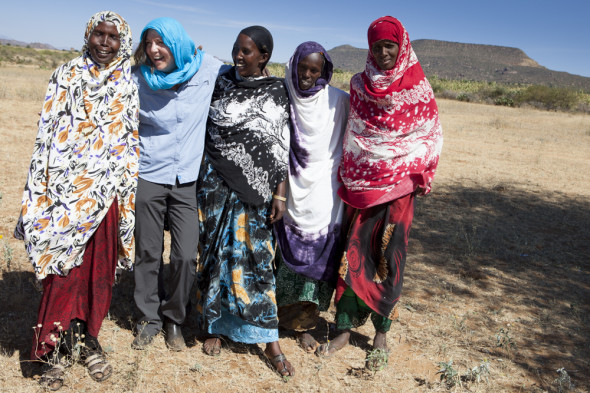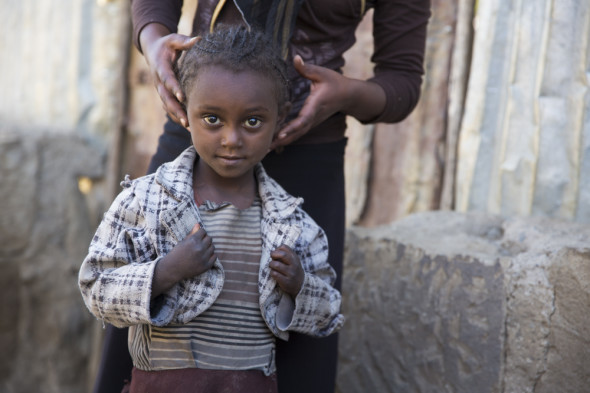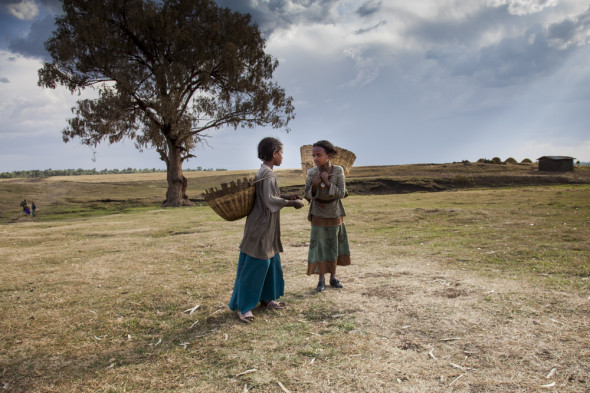In rural Ethiopia, a young girl marries early, often by the time she is ten years old. She often becomes pregnant before having her first period, yet her pelvis is not large enough to give birth. Many severe maternal health conditions occur in rural Ethiopia; some can be devastating and ostracizing such as
fistula. And too often, young girls die during childbirth.
A rural Ethiopian girl’s common purpose is to become pregnant and raise her family. Over the years, her body will bear the brunt of extreme water and wood gathering pressures as well as childbirth injuries, and she rarely is offered the choice to not have more children. However, it is a great honor to bear a child and nurture it with vigorous focus and determination.
To witness a young woman struggling hard to stay well enough to feed her children here is very disheartening. A human life is precious, and when I look into each child’s face I encounter – whether found wandering on the streets, or in the arms of a loving mother, or working hard to shepherd a herd of cows – I feel a sense of awe in that they are able to survive at all despite so many obstacles. And yet, they continuously find reasons to express an easy smile.
According to Partners In Health, nearly 1600 women and more than 10,000 newborns globally die every day from complications of pregnancy or childbirth. And it is well known by now that statistics indicate that poor education aligns with fertility issues.
As I contemplate the needs of Ethiopia in particular, I think of several priorities right away: educating young girls, establishing reproductive and health awareness, getting more doctors and midwives to be willing to train and work in rural areas, building more rural hospitals, obtaining sources for clean water, and developing better transportation options for those who are ill.
It can be overwhelming to see so many problems intertwined and having a domino effect upon each other. People frequently ask me why I become involved with such difficult and seemingly dire conditions. When I take the time to think about this, the thought of new spring growth comes into my mind. Is the crocus intimidated by the cold, hard, winter packed earth? No, the fragile flower transforms into new life by slowly pushing a tiny bit of dirt away at a time in order to make its way to its fullest expression. How does that flower break through the heavy earth?
Perhaps this is how we can all work together to help a young girl in Ethiopia: one small gesture at a time. Ethiopians teach this lesson every day as they move forward navigating one obstacle after another, one small step at a time, consistently focusing on solutions rather than the issue they face.
Please join us during our time in Ethiopia by reading about the forthcoming stories we will encounter during our extended stay. We will be visiting schools, hospitals and programs where devoted support has been established for many young girls and women in rural Ethiopia.
We welcome your comments and ideas. Together, one small gesture at a time, we can work toward effective solutions.


